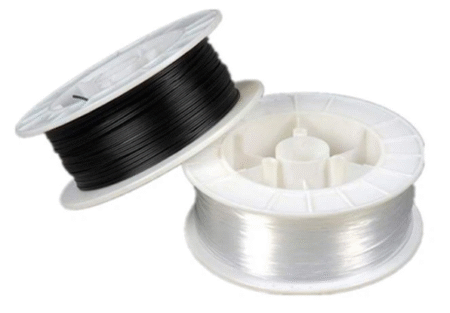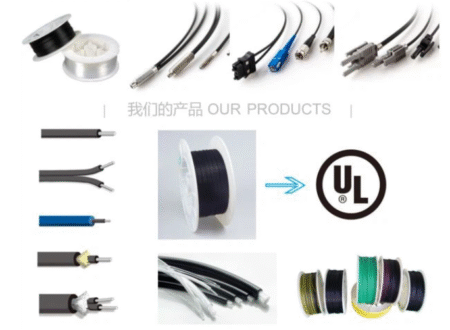Plastic fibers are light, soft and more resistant to damage (vibration and bending). Plastic fiber has excellent tensile strength, durability and small footprint. These advantages make the successful application of plastic optical fiber in automobile especially important. A typical luxury car interior consists of at least a few kilometers of copper wire and copper cable, greatly increasing the weight and cost. The same is true of planes, trains and all other forms of transportation.
Pmma Fiber
Description
PMMA FIBER
•Diameter: 0.25 / 0.5 / 0.75 / 1.0 / 1.5 / 2.0 / 2.5 / 3.0 mm
•Core Material: PMMA
•Cladding Material: Fluorinated Polymer
•Numerical Aperture: 0.5
•Operating Temperature Range: -55°C to 70°C
•RoHS/REACH Compliant
•Attenuation: 0.2 dB/m at 650 nm
Due to the large diameter and numerical aperture of plastic optical fiber, the light conduction ability is large. Plastic optical fibers have much higher bandwidth capacity than copper transmission media (twisted pair and coaxial cable). The higher the transmission frequency, the lower the cost of using plastic fiber.
Plastic fiber cutting, wiring, bonding, polishing and other processing is easy. Due to its large diameter, plastic fiber installation and connection with devices, light sources, detectors, etc., is easy and low-cost, and can be performed by non-specialists. It takes no more than 1 minute to prepare the plastic fiber connection, and no special tools are required. Even the simplest scissors can be used to cut plastic optical fibers. The plastic fiber transceiver module uses a 650nm wavelength of red light, making it very safe for users to see and easily judge whether the connection is successful. In addition, the connection of plastic optical fiber is not sensitive to dust and debris stored in the end face.












